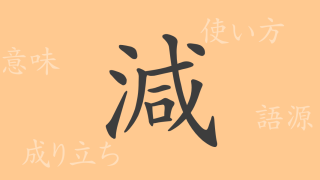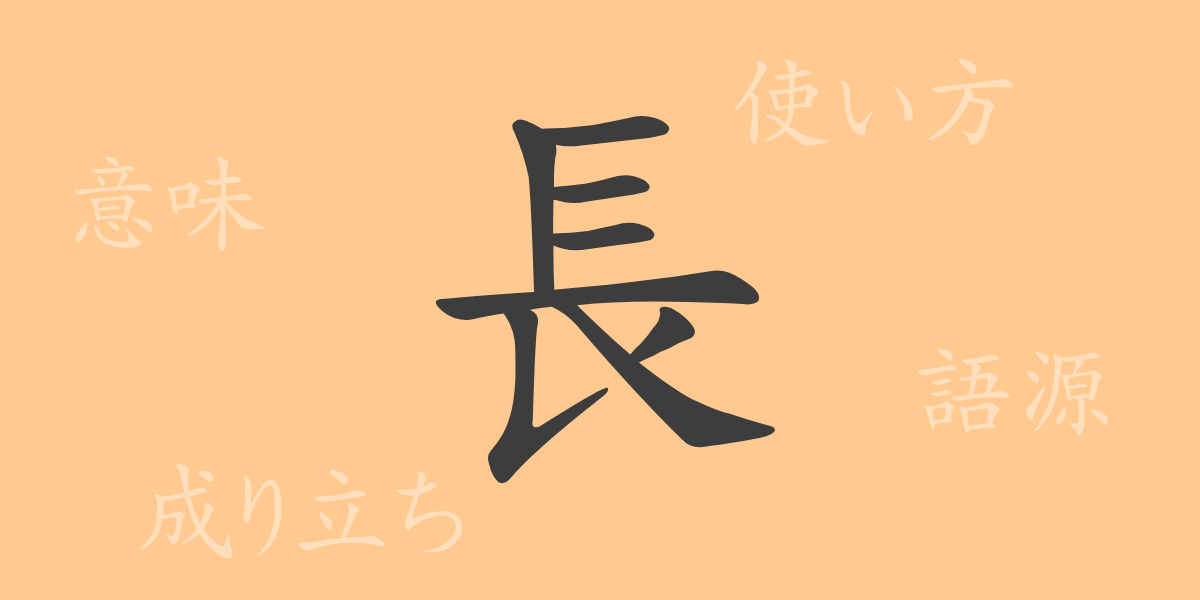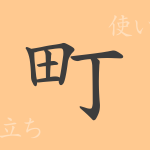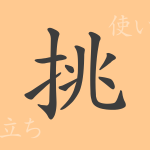Japanese language boasts thousands of kanji, among which the commonly used ones are deeply embedded in our daily lives. One such kanji is ‘長(ながい)’, which is used in various contexts and forms numerous idioms and phrases. This article will explore the kanji ‘長’, delving into its origins and its modern applications.
Origins of ‘長(ながい)’
The kanji ‘長’ originated from ancient Chinese pictographs, initially representing ‘length’ with a depiction of ‘long hair’. Over time, this character evolved to not only express physical length but also abstract concepts such as ‘duration’ and ‘leadership and responsibility’.
Meaning and Usage of ‘長(ながい)’
‘長’ has various meanings including physical length, ‘long time’, and terms for ‘superior’ or ‘leader’. It is used as both an adjective and a noun, in phrases like ‘長い列(ながいれつ)’ (long line), ‘時間が長い(じかんがながい)’ (long time), and ‘会社の長(かいしゃのおさ)’ (company head).
Readings, Stroke Count, and Radical of ‘長(ながい)’
Understanding the readings and structure of ‘長’ can deepen your understanding of Japanese.
- Readings: On’yomi ‘チョウ’, Kun’yomi ‘なが.い’, ‘おさ’
- Stroke Count: ‘長’ consists of 8 strokes.
- Radical: The radical is ‘長’ itself, categorizing kanji that include this component.
Idioms, Phrases, and Proverbs Using ‘長(ながい)’
Idioms and proverbs containing ‘長’ encapsulate ancient Japanese wisdom and culture. For instance, ‘長者番付(ちょうじゃばんづけ)’ refers to a ranking of the wealthy, and ‘手長足長(てながあしなが)’ symbolizes an influence that reaches far beyond one’s immediate reach.
Conclusion on ‘長(ながい)’
Each kanji carries a rich history from its formation to modern times, and ‘長’ is no exception. Its significance and versatility in the Japanese language are indispensable for understanding the culture through words. Through this article, we hope you gain a deeper understanding of ‘長’ and find it useful in everyday life.

























